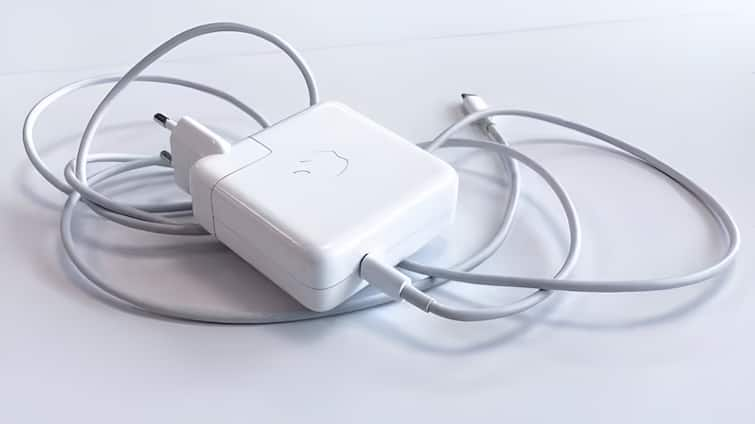Last Updated:
The US and EU set a 15 percent tariff on key sectors like pharmaceuticals, semiconductors and autos.

US President Donald Trump and European Commission President Ursula von der Leyen.
The US and European Union unveiled fresh details of their trade framework, clarifying tariff levels and commitments on sensitive sectors including pharmaceuticals, semiconductors and autos. The announcement follows weeks of speculation after Brussels and Washington struck an agreement in late July, setting a 15% blanket tariff on EU exports to the US.
Under the deal, the EU also pledged to purchase $750 billion worth of US energy and to invest at least $600 billion in the American economy.
Recommended Stories
Donald Trump hailed the agreement as the “biggest trade deal ever made,” highlighting auto provisions as a major victory.
Key Tariff Provisions
A joint statement said the US would apply “the higher of either the US Most Favored Nation (MFN) tariff rate or a tariff rate of 15 percent” on EU-originating goods. From September 1, only MFN duties will apply to items such as cork, aircraft and parts and generic pharmaceuticals.
Pharmaceutical imports, semiconductors, and lumber- initially threatened with tariffs as high as 100% to 250%- have instead been capped at 15%, significantly below earlier warnings from US President Donald Trump. For generics, the administration confirmed it will apply its MFN drug pricing policy, tying prices to lower levels in peer nations.
Autos and auto parts will also face a conditional 15% tariff, down from the current 27.5% rate, provided Brussels introduces legislation to reduce EU industrial duties. Both sides agreed to recognize each other’s automobile standards.
EU Commitments
In addition to tariff adjustments, the EU reiterated its pledge to eliminate duties on US industrial goods and provide preferential access for American seafood and agricultural exports. The bloc also intends to “substantially” increase procurement of US military and defense equipment.
The statement restated headline commitments which are: $750 billion in energy purchases and $600 billion in US investments, including in AI chips and other advanced technologies. But officials described these as “intended and expected” rather than guaranteed.
- Location :
Washington D.C., United States of America (USA)
Loading comments…
Read More





